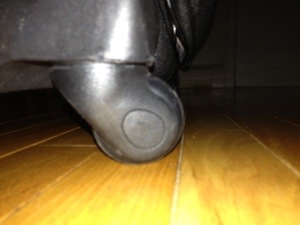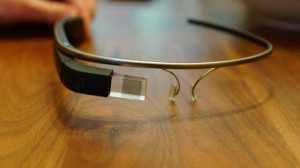The assistant walked into the big office. “Sir,” he began. “I – ”
“Hold on. Here, look at this screen. Our drones cover 75% of the U.S. airspace. Isn’t that wonderful?”
“That is wonderful, sir. But there appears to be an issue with the drones. People are getting upset.”
“People? What are people? Oh, you mean those creatures who are always eating and losing things, and walk around sniffling when it’s cold. Ugh. Why don’t they blow their noses?”
“I don’t know, sir. But yes – those people are now getting upset about the drones.”
“Is this about that accident last week?”
“Well, sir, when a drone carrying a snowblower falls out of the sky into the middle of a bar mitzvah, there is usually some negative public reaction.”
“But I told them, it wasn’t our fault. The ground-pilot was texting with his wife about what they were going to have for dinner. Totally unforeseeable.”
“I know, sir. But these accidents aren’t the only thing. People just didn’t anticipate that the sky would be filled with thousands of drones at every moment, so that you couldn’t even see a clear patch.”
“Well what did they expect? Invisible drones? Hmm.” He pulled out a little notebook and scribbled something.
“Sir, the point is if we don’t stop the drones soon we may find ourselves the subject of a scathing op-ed piece.”
“Whoa, whoa. We definitely don’t want that. But what alternatives do we have?”
“Sir, we could go back to shipping by truck and regular air mail.”
“And go back to the Dark Ages of delivery that took all night? We may as well trade in our toilet paper for corn cobs while we’re at it. No, if we have to stop the drones, there’s only one option.”
“Sir, you don’t mean…”
“Oh, yes, I certainly do. Delivery by catapult.”
It was an unusual change to the system but soon everyone got used to it. The delivery centers were reorganized throughout the country so that every home and business was within catapulting range of at least one delivery center, and every delivery center was within catapulting range of another delivery center, so that no matter where the ordered product originated, it could be conveyed via catapult to any place in America.
Instead of the skies being filled with unstaffed aircraft, the skies were filled with packages being lobbed to the next destination. But there was no noise, and because the calibration had to be done only once – at the point of catapult – the packages did not need constant mid-flight monitoring. The accident rate dropped dramatically.
The catapults were also amenable to automation. The packages would be sorted and placed on conveyor belt, but instead of being directed to a drone, the packages were directed to one of the catapults. There were multiple catapults at each delivery center. At first the catapults were arranged in a circle, with every point of the compass covered. But then someone realized that by placing the catapult on a swivel chair, all compass points could be achieved with far fewer catapults. A computer algorithm calculated the direction, angle, and force required to catapult each package to its destination, accounting for weight, drag, and wind speed.
In the middle of the delivery center was the reception zone, made of a large canvas piled up with couch cushions. This model was copied at households and businesses across the country. In every backyard or office parking lot was a reception zone where packages could land. In households that didn’t have the yard space, the most athletic member of the family would run outside at the scheduled delivery time and catch the package by hand. The increase in concussions and broken packages was more than offset by the increase in general fitness.
“Sir, I can’t believe it. The catapult system is a success!”
“Of course it is. The packages arrive just as quickly as with the drones, but we don’t have to hire ground-pilots. We’ve been able to lay off so many people! Think of all the money we’ll save on tissues.”
“Yes, sir, that’s wonderful. But now the sky is filled with so many packages being catapulted that it’s no longer safe for airplanes. How are people going to travel?”
“I am so glad you asked. Let me show you.” He got up, handed the assistant a helmet and parachute, and led him outside to an empty catapult.
Thank you all for reading this year, and have a happy and healthy 2014. Can’t wait to see what’s in store! -MK




